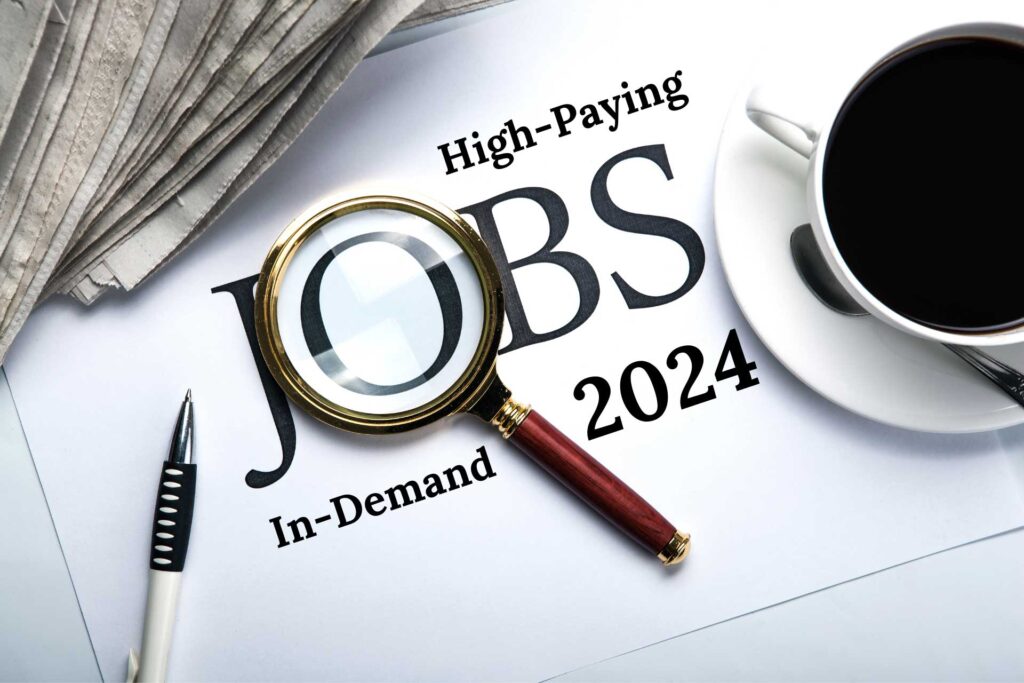The global job market in 2025 has been significantly affected by widespread layoffs across major industries. From technology to automotive, some of the world’s largest companies have announced extensive workforce reductions to adapt to financial pressures, automation, and shifts in strategic priorities. These decisions have impacted tens of thousands of employees, reshaped business operations, and raised serious questions about the stability of certain sectors.
Top 10 Global Layoffs in 2025 So Far: How Intel, Amazon, Meta and Others Shook the Job Market
1. Intel – 21,000+ Jobs Eliminated (≈20% of Workforce)
- What happened: Under CEO Lip‑Bu Tan, Intel announced layoffs targeting between 15% to 20% of its global headcount — around 21,000 jobs, one of the largest in semiconductor history.
- Divisions hit: Its foundry/chip-manufacturing segment faced heavy cuts starting mid‑July, with engineering, management, and the automotive chip division shut down.
- Why: The move aims to reduce bureaucracy, boost agility, and refocus investments on core client and data-center products where Intel competes more effectively.
Impact: Beyond the human cost, relying less on external automotive chips and foundry operations signals serious strategic realignment, with ripple effects across supply chains and innovation roadmaps.
Also Read: 15 Jobs at High Risk of AI (Is Yours On The list?)
2. Nissan – 20,000 Cuts Across Global Workforce (~15%)
- What happened: Nissan announced a global cut of 20,000 jobs along with closure of seven factories, reducing its manufacturing footprint from 17 to 10 plants.
- Details: UK’s Sunderland plant will lose ~250 roles via voluntaries, while global supplier payments are being stretched to preserve cash flow.
- Why: A net loss of ¥670 bn (~$4.5 bn), rising tariffs, falling sales in China/US, and failed Honda merger forced a radical restructuring.
Impact: Massive manufacturing shutdowns, plant closures, and supply chain realignment mark a turning point. Nissan is prioritizing profitability, especially in EVs, but communities and vendors will feel the fallout.
3. Microsoft – ~6,500 Jobs, Primarily in Sales (≈3%)
- What happened: As part of a multi-phase reduction, Microsoft is laying off more than 6,500 employees, focusing heavily on its sales division.
- When: Announced for early July under a broader reorganization tied to AI-driven strategy .
- Why: Microsoft aims to streamline teams, shift resources toward AI/cloud development, and reduce costs in underperforming units .
Impact: A 3% workforce hit may ripple through partner ecosystems. The cuts align with Microsoft’s long-term pivot toward AI, but morale and sales performance could be strained in the short term.
4. Meta – 5% Reduction (~3,600 Jobs), Targeting “Low Performers”
- What happened: Meta announced workforce reduction of 5%, approximately 3,600 positions, with cuts focused on “low-performing” roles.
- Why: With intensifying AI competition and growth pressures, Meta is trimming less efficient teams to redirect resources toward priority areas like AI and metaverse initiatives.
5. Amazon – Strategic Reductions Across Divisions
- What happened: Amazon initiated headcount reductions across various business units, though precise numbers are undisclosed .
- Why: Amid a “once-in-a-lifetime reinvention” driven by generative AI, costs are being reevaluated, especially in lagging or redundant operations.
6. Panasonic – 10,000× Cuts in Corporate Restructuring
- What happened: Panasonic executed a global cut of 10,000 jobs as part of a major restructuring.
- Why: The Japanese conglomerate is tightening spending amid flat sales and intensifying competition in electronics and battery segments.
7. HP – 2,000 Jobs Axed Under “Future Now” Plan
- What happened: HP trimmed approximately 2,000 roles in a cost-cutting move heralded as “Future Now” restructuring.
- Why: A sharpening focus on printing and PC profitability brought reductions, though HP emphasizes investment in high-growth offerings.
8. Bumble – Roughly 240 Jobs (30%) Cut
- What happened: Bumble announced a 30% reduction, affecting about 240 employees, with ripple effects across global offices.
- Why: The company attributes the decision to “realign execution on strategic priorities” amid persistent struggles post-IPO. It projects $40 million in annual cost savings, with severance estimated between $13–18 million, primarily in Q3 and Q4 2025.
- Performance indicators: Following the announcement, Bumble’s stock surged 24–26%, and the firm raised its Q2 revenue forecast to $244–249 million, up from $235–243 million.
- Impact: The cuts enable reallocation of resources toward product development and technology enhancements, under renewed leadership by CEO Whitney Wolfe Herd.
9. Block – Nearly 1,000 Workers Affected
- What happened: Jack Dorsey’s fintech firm, Block (the parent of Square, CashApp, Afterpay, Tidal), announced plans to lay off nearly 1,000 employees, marking its second major reduction in just over a year.
- Details: About 800 open positions were eliminated, with 200 managers moved into non-managerial roles, shifting back-office and leadership emphasis toward operational efficiency.
- Why: The move aligns with Block’s strategy to streamline operations and adjust its workforce to better focus on target business lines like CashApp and crypto initiatives.
- Impact: Transitioning managers to hands-on roles may shave overhead and speed decision-making, but could temporarily impact oversight and morale.
10. Google – Multiple Rounds Across Divisions
- What happened: Google has executed several rounds of layoffs in 2025, targeting teams across its Platforms, Devices, and Cloud divisions. While exact totals aren’t confirmed, TechCrunch reports hundreds of roles affected in April alone.
- Why: The cuts aim to reallocate resources to high-growth areas like AI and cloud computing amid economic pressures and intensifying competition.
- Impact: As Google tightens its structure, projects tied to devices might slow. Meanwhile, engineering resources are increasingly concentrated behind AI and core software products.
Also Read: How To Protect Your Career From AI And Outsmart It
Sector-Wide Trends & 2025 Layoff Context
- Tech-wide momentum: According to Layoffs.fyi, over 60,000 tech jobs have been eliminated in the first half of 2025—most of which occurred in April and May.
- AI acceleration: About 15 leading firms—including Amazon, Microsoft, Meta, and CrowdStrike—are clearly redirecting efforts toward AI, with staff reassignments and cuts driven by automation and shifting skill demands .
- Cost discipline: Economic uncertainty is pushing companies to tighten operating expenses and stop feeding underperforming business lines, often restructuring with no severance or benefits in cases like Microsoft and Block.
In 2025, the global layoff wave reflects both technological transformation and economic recalibration. Giants like Intel (21,000 jobs) and Nissan (20,000 jobs) are reshaping entirely. While tech firms—including Microsoft, Meta, Amazon, Google, Bumble, and Block—are adjusting through forceful personnel reductions. The shared motivator: a prioritization of AI, cloud, automation, and profitability.
Yet amidst these cuts, many are adopting leaner structures, reinvesting savings to sharpen competitiveness. Whether companies can strike the right balance between cost discipline and innovation will determine their next phase of leadership. Employees and markets will be watching closely as the second half of 2025 unfolds.



